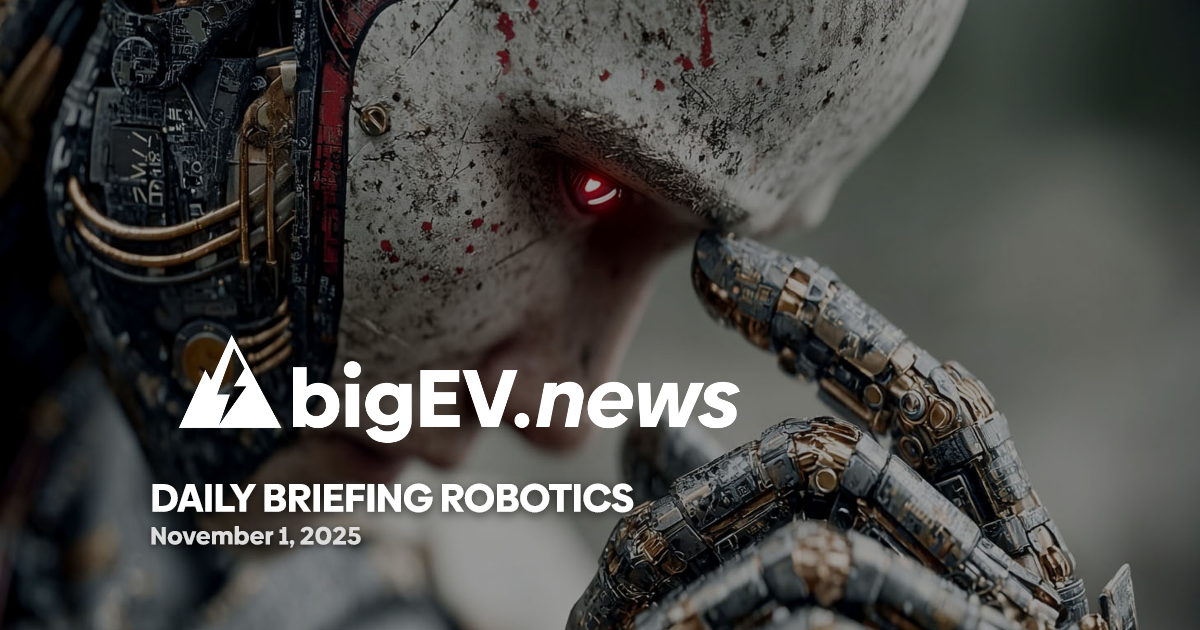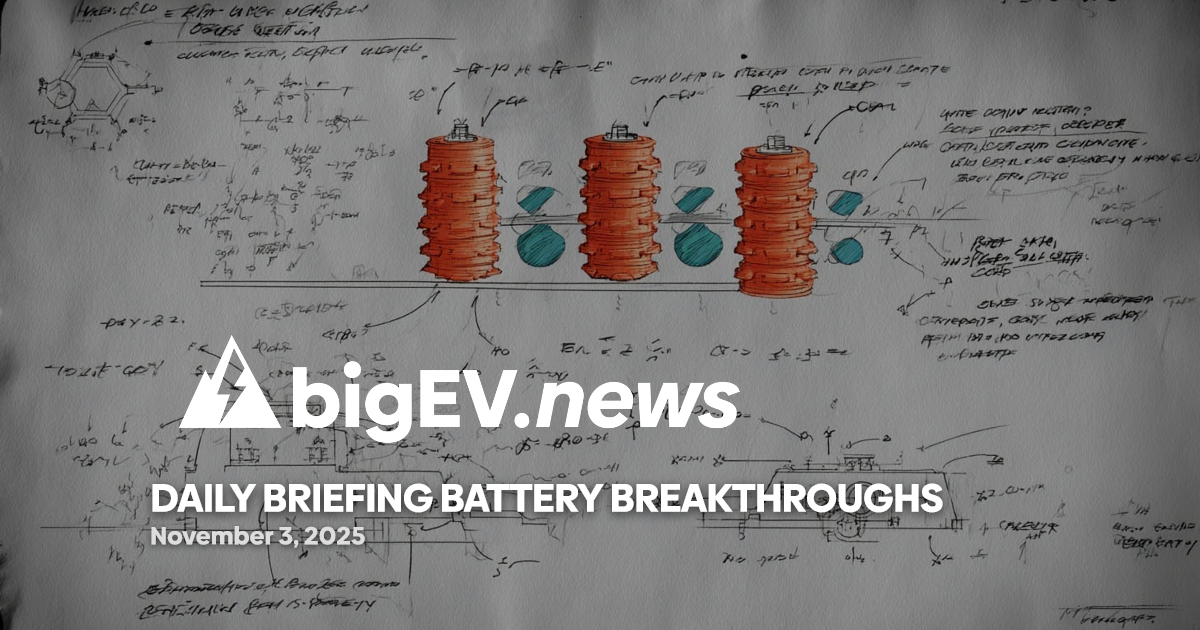AI-powered robotics platforms are transforming industry, healthcare, and infrastructure, as new breakthroughs and investments accelerate global adoption.
At a glance – The past 24 hours have seen a surge in robotics innovation, with AI integration and collaborative robots (cobots) at the forefront of industrial transformation. The global market for industrial robot installations has reached a record $16.5 billion, driven by demand for flexible, intelligent automation across manufacturing, logistics, and public environments. Robots are increasingly equipped with advanced vision systems and analytical AI, enabling them to process complex sensor data, adapt to unpredictable environments, and optimize operations in real time. This shift is not limited to factories—service robotics is expanding rapidly in healthcare, agriculture, and disaster response, with platforms now capable of natural language interaction, autonomous navigation, and creative problem-solving. The convergence of generative AI and robotics is setting the stage for a “ChatGPT moment” in physical automation, as robots learn from virtual simulations and operate with unprecedented autonomy.
Technology advance – In a major leap for embodied AI, NVIDIA unveiled its latest robotics platform, integrating adaptive learning algorithms with edge computing to enable real-time perception and decision-making in dynamic environments. This system leverages NVIDIA’s new AI chips, designed specifically for robotics applications, to process high-resolution sensor data and coordinate complex movements with human-like intuition. The platform supports plug-and-produce deployment, allowing manufacturers and logistics providers to rapidly integrate advanced robots into existing workflows. Meanwhile, in healthcare, surgical robotics systems are now utilizing generative AI to assist with preoperative planning and intraoperative guidance, improving precision and patient outcomes. These advances are complemented by breakthroughs in vision technology, with robots now able to interpret nuanced visual cues and interact safely with both objects and people in cluttered, unpredictable settings.
Partnerships – A landmark collaboration was announced between Universal Robots and Siemens Healthineers, aiming to deploy next-generation cobots in hospital logistics and patient care. The partnership will integrate Universal Robots’ UR10e cobots—renowned for their versatility and safety—with Siemens’ digital health platforms, enabling seamless automation of material handling, medication delivery, and patient support tasks. This alliance is expected to accelerate the adoption of robotics in healthcare, addressing labor shortages and enhancing operational efficiency. In agriculture, John Deere has partnered with Blue River Technology to launch an AI-powered autonomous tractor system, capable of real-time crop monitoring and precision intervention, reducing chemical use and boosting yields. These collaborations underscore the growing importance of cross-sector alliances in scaling robotics solutions for critical industries.
Acquisitions/expansions – The robotics sector saw significant consolidation as ABB announced the $1.2 billion acquisition of Fetch Robotics, a leader in autonomous mobile robots (AMRs) for warehouse automation. This move expands ABB’s portfolio into flexible, AI-driven logistics solutions, positioning the company to capitalize on the booming e-commerce and supply chain automation markets. In the drone sector, DJI revealed a major expansion of its enterprise division, launching a new line of AI-enabled unmanned aerial vehicles (UAVs) for infrastructure inspection and disaster response. These drones feature advanced payloads, including multispectral sensors and edge AI modules, allowing for autonomous navigation and real-time data analysis in hazardous environments. The wave of acquisitions and product launches highlights the race among industry leaders to secure technological leadership in the next era of robotics.
Regulatory/policy – The European Union’s new Machinery Regulation came into effect this week, introducing stringent safety and data protection requirements for AI-powered robots deployed in public and industrial settings. The regulation mandates robust human-machine collaboration protocols, real-time monitoring of autonomous systems, and end-to-end encryption for all data transmissions. These rules are designed to address growing concerns over workforce displacement, privacy, and cyber-physical security as robots become more deeply integrated into daily life. In the United States, the National Highway Traffic Safety Administration (NHTSA) issued updated guidelines for autonomous vehicle testing, emphasizing transparency in AI decision-making and the need for standardized safety benchmarks. These regulatory moves are shaping the global landscape for robotics deployment, balancing innovation with public trust and ethical considerations.
Finance/business – Venture capital investment in robotics and AI automation reached new highs, with Accel leading a $200 million Series D round in Covariant, a startup specializing in AI-powered robotic picking systems for e-commerce fulfillment centers. Covariant’s technology, which combines deep learning with advanced vision and manipulation, is now being deployed by major retailers to automate complex sorting and packaging tasks. Meanwhile, Boston Dynamics reported a 35% year-over-year increase in revenue, driven by strong demand for its Spot and Stretch robots in logistics and industrial inspection. Executive commentary from Covariant CEO Peter Chen emphasized the accelerating pace of AI adoption in robotics, noting that “the next wave of automation will be defined by machines that can learn, adapt, and collaborate with humans in real time.” These financial milestones reflect the sector’s robust growth and the strategic importance of intelligent automation in global business operations.
Sources: ifr.org, computar, wiredworkers, standardbots, prnewswire, techcrunch









